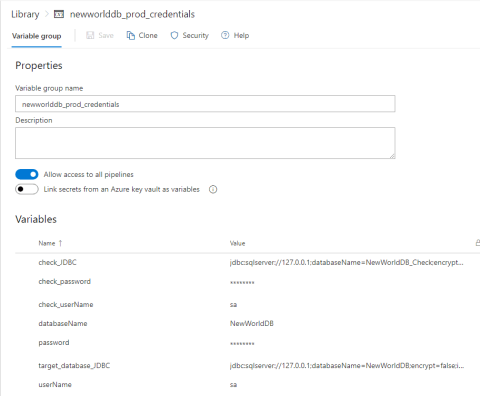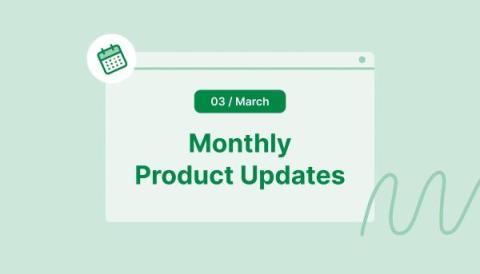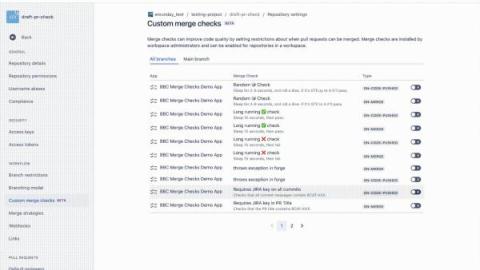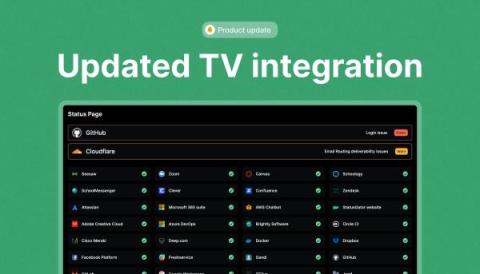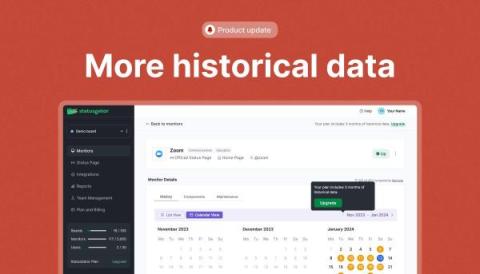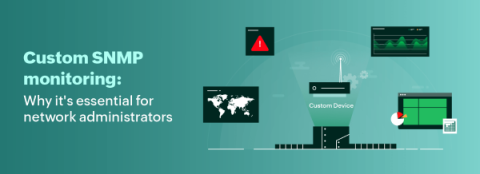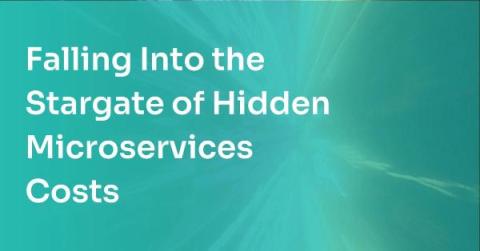Using environments in Flyway commands
Deploying database code using pipelines in various CI/CD tools is a common practice among our customers who use Flyway. To enhance security and avoid hardcoding sensitive information like connection strings, they frequently employ variables and secrets in the pipelines.


